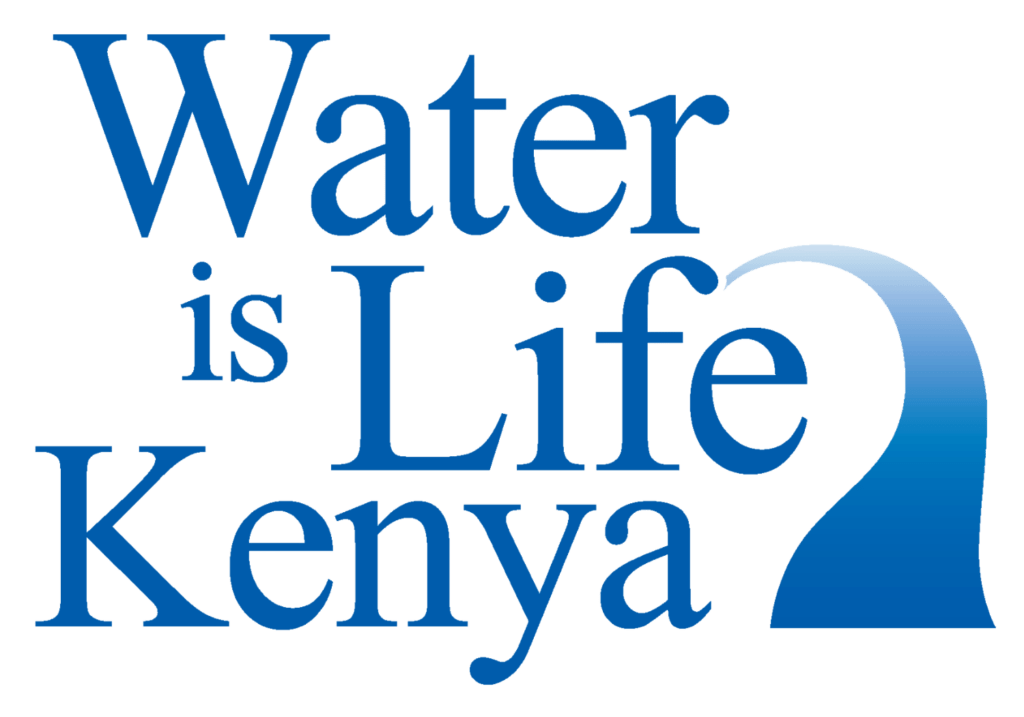Where We Work
Maasai Culture
"You can't be a Maasai if you don't have cows."
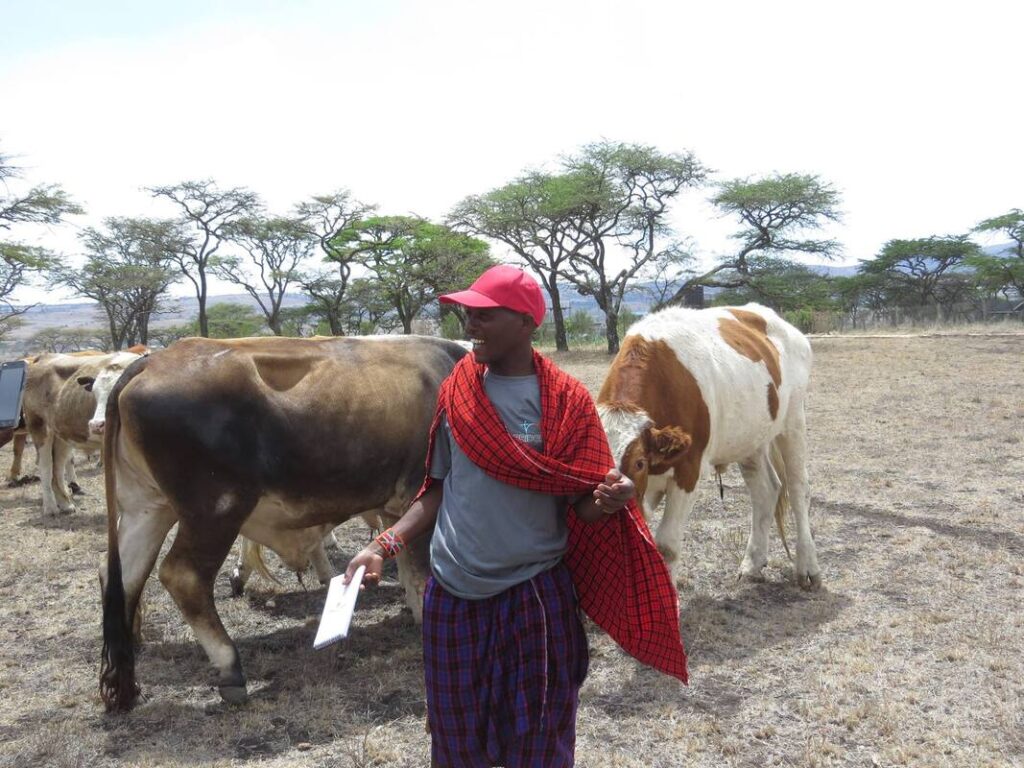
Cows are Integral to Maasai Life
When you are targeting development to move people out of survival mode into prosperity you need to know what’s important to them.
If you build people up in areas that reflect their cultural values, people gain self-esteem and confidence quickly. For example, Maasai people value livestock, especially cows, but also goats and sheep. If you take a marginalized person, like a poor widow, and help her gain firmer economic ground through grants of livestock and training that enhances successful livestock keeping, she is more likely to shine quickly than teaching her to raise fish. Maasai people don’t eat fish, it is taboo in their culture and carries negative connotations. If you target interventions that address what Maasai people love – their home, their families, their livestock and their culture, you are more likely to get positive results.
Evaluating Opportunities
How can we build up what is already there? What resources do people have that can be strengthened? What are key weaknesses that cause damage that need to be addressed and corrected? We asked ourselves these questions when our Water is Life Kenya team was developing the Livestock as a Business Program to bring a halt to the devastating impact of drought on Maasai families that we witnessed in 2009-2010.
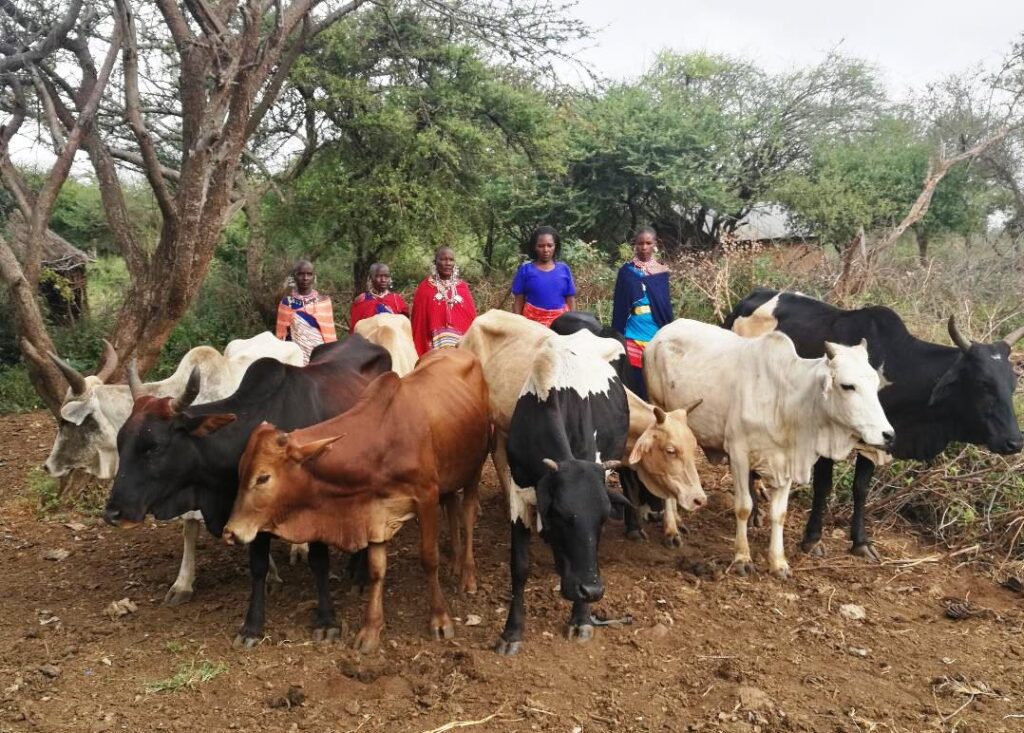
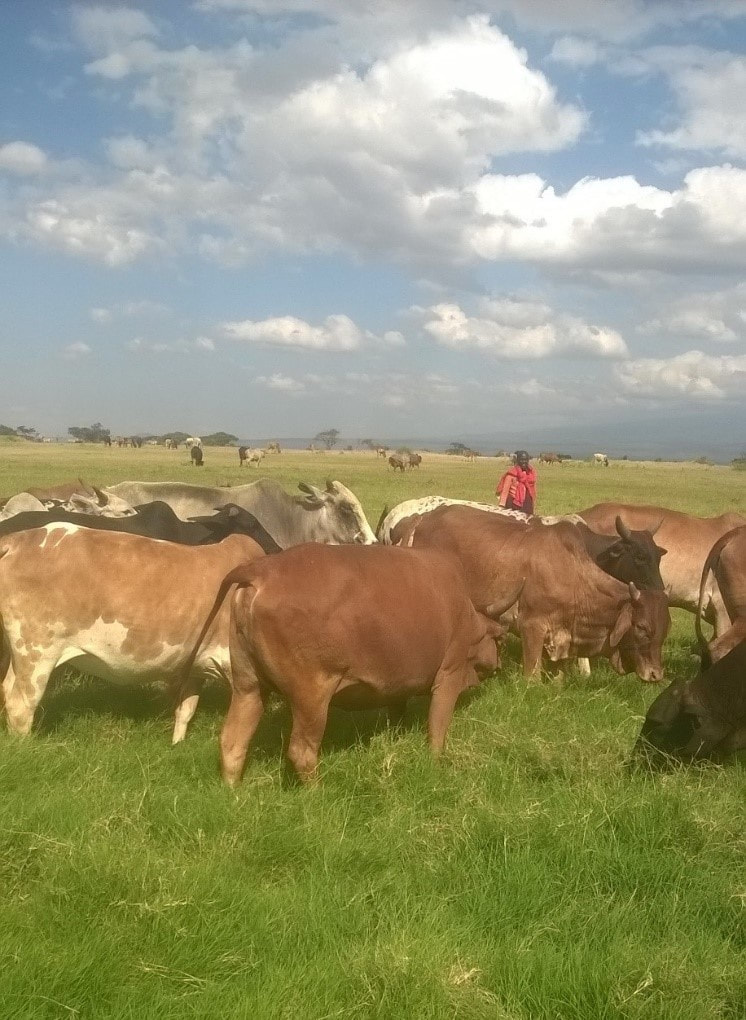
From Quantity to Quality Mindset
We learned that people have knowledge, strong admiration and passion for livestock. They treat their animals for a wide range of livestock diseases using both indigenous and veterinary knowledge, while living far from veterinary services. They have land and pasture which has, until very recently, been communally held and often poorly managed. The cultural attitudes toward valuing quantity of livestock vs quality of livestock were destructive and caused overgrazing and mismanagement, exacerbated by human population growth since everyone wants cows. Few people planned for expenses of keeping their animals healthy, leading to poor body condition and low market prices. Little regard was given to the timing of the sale of their as cows as they are frequently sold to pay for urgent family needs rather than at a time when sale prices are higher thanks to favorable market conditions.
This knowledge allowed us to develop an effective training program that addresses the cultural sweet spot of the Maasai People – livestock! It is a model that is replicable. Once you understand the people you are dealing with, the program elements evolve out of this understanding.
Transformation Through Individual Development
As an organization that relies on donor funds, we want to use our hard-won resources in the right way to get the desired results. We understand that the first step is to help people develop as individuals before transformation can happen at the family and community levels.
These results, as mentioned above, occur in a variety of ways. For example, by training farmers in livestock disease prevention and control, livestock health improves. Baby animals, like calves and kids, now survive to maturity and provide additional income, and replenish the herd when adult animals are sold at market. Improved body condition and better quality livestock also means animals are in demand when they go to market. In addition, women gain new skills which boost their economic empowerment. They now have confidence through their experience at the livestock market to purchase good animals at a fair market price, making them immune to bullying by male livestock traders. With improved incomes, young girls can complete their secondary education and, watching their mothers gain knowledge and confidence, have hope of a better future. Getting these high-impact results in human development provides the evidence our generous donors need to know that their money is being used well.
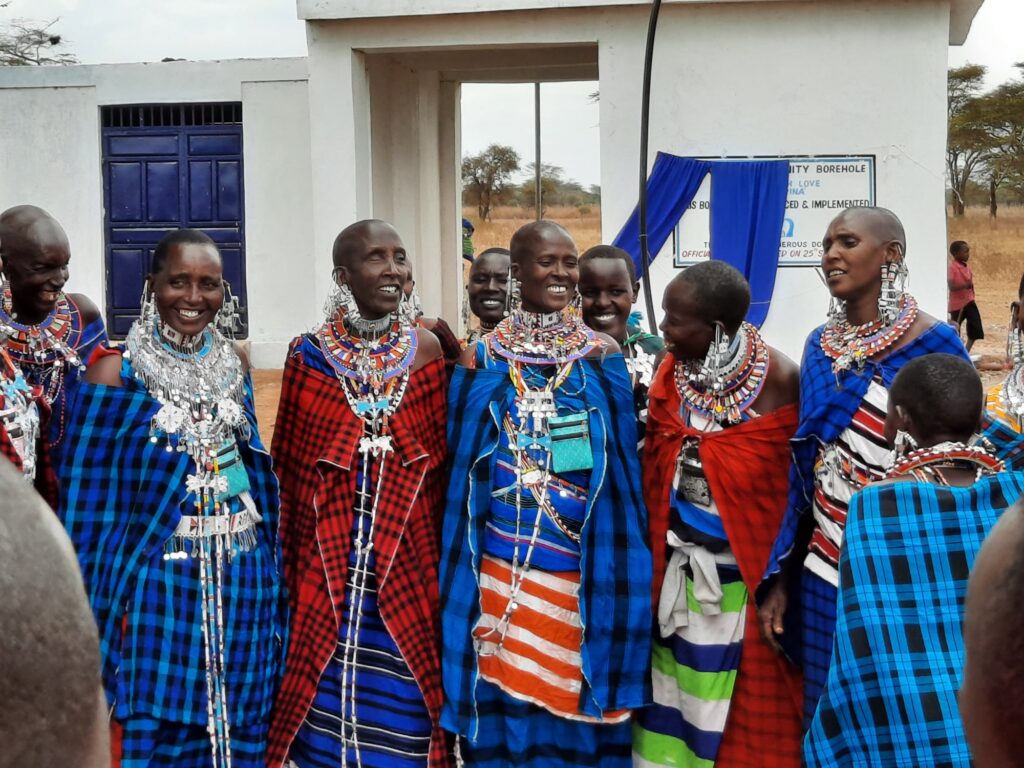
Replicating the Results of Livestock As Business
Our Livestock as a Business program is able to expand and replicate not only within our current project area in the Maasai heartland, but also elsewhere. The program format of working with groups of 15-20 individuals who know each other, learn together and share the responsibility of cow care and loan repayment from purchase to sale has proven successful. This full cycle of the LAB program takes 13 months and can easily be adapted for other indigenous populations, according to their values and economic resources. Groups can continue in the LAB program for up to 4 years, with years 2-4 including supplemental training, field trips, the livestock loan and the provision of incentives for implementing drought control strategies like grass management and forage conservation.
